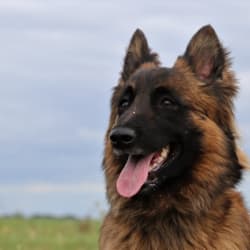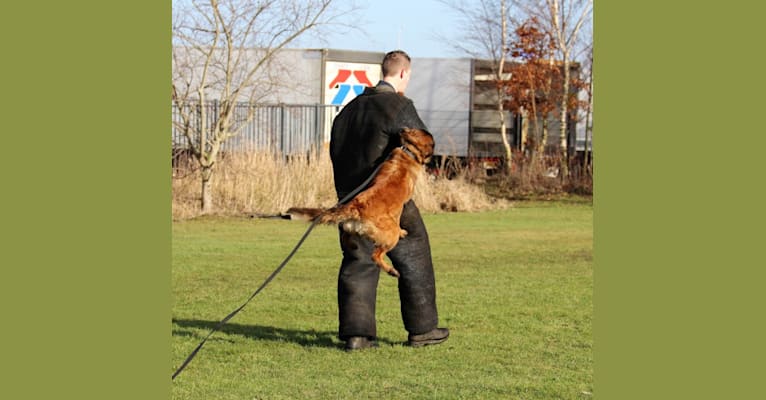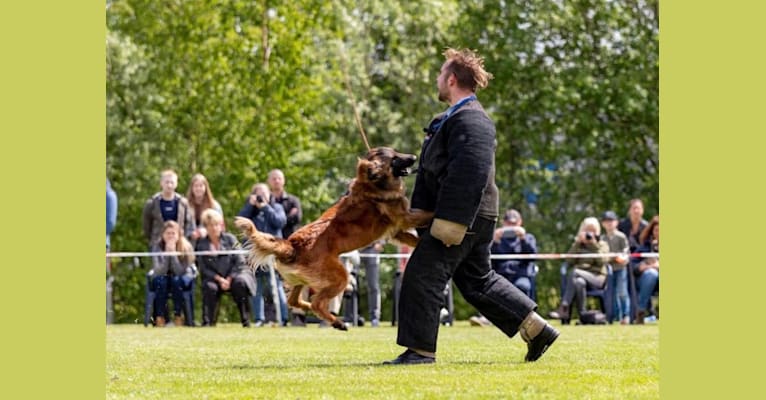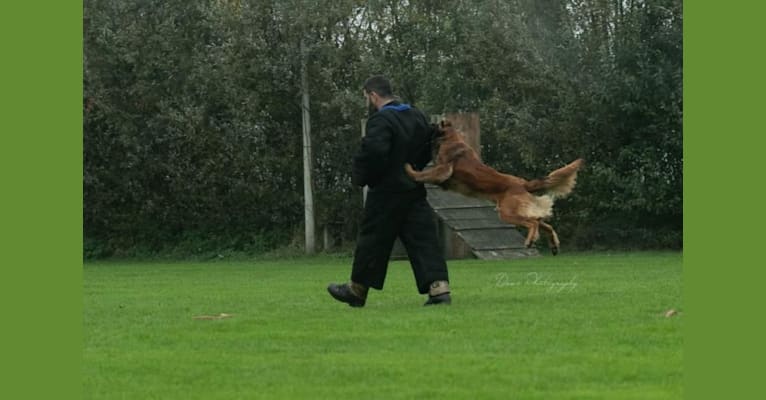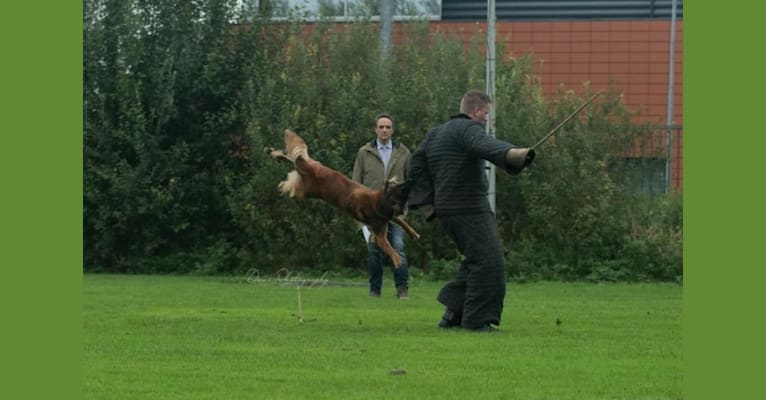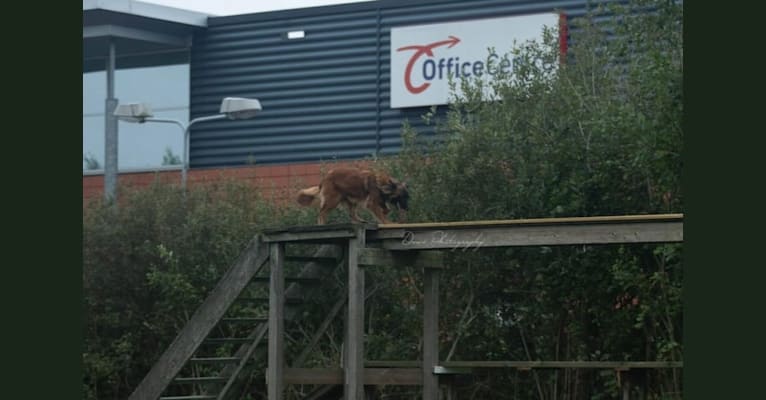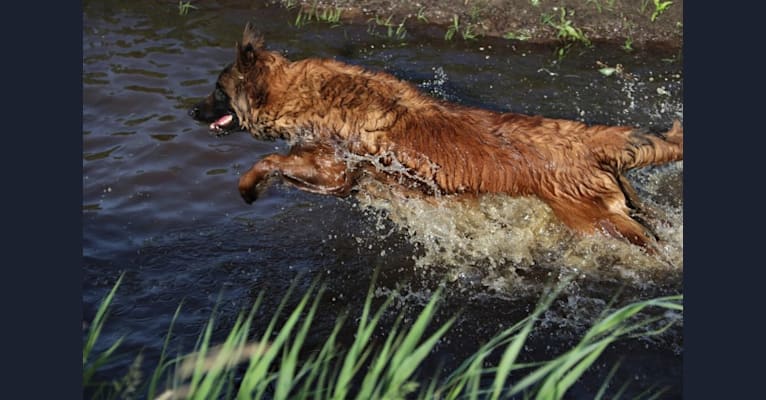Ocean van de Zilveren Loop inherited one copy of the variant we tested
“Ocean is a Tervueren female born out of Malinois. She is the only KNPV PH-1 and KNPV Object certified Tervueren female in history witch makes her into a very unique girl. Ocean is a powerful girl, with high drives, she is very fast, courageous and strong.”
Place of Birth
Belgium
Current Location
Appelscha, Nederland
This dog has been viewed and been given 0 wags
Documents
Registration
N/A
:
Microchip: 972273000313635
Genetic Breed Result
Ocean van de Zilveren Loo…
Belgian Shepherd
100.0% Belgian Malinois
Belgian Malinois
The Belgian Malinois is an impressive working dog. These guys have become a staple within the military and the police force due to their intelligence and drive. They can make wonderful companions as long as they are thoroughly exercised.
Learn More
Start a conversation! Message this dog’s owner.
